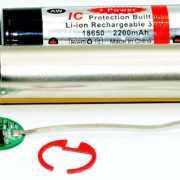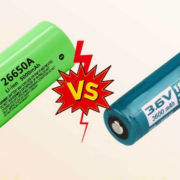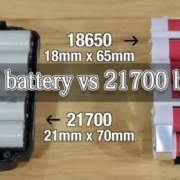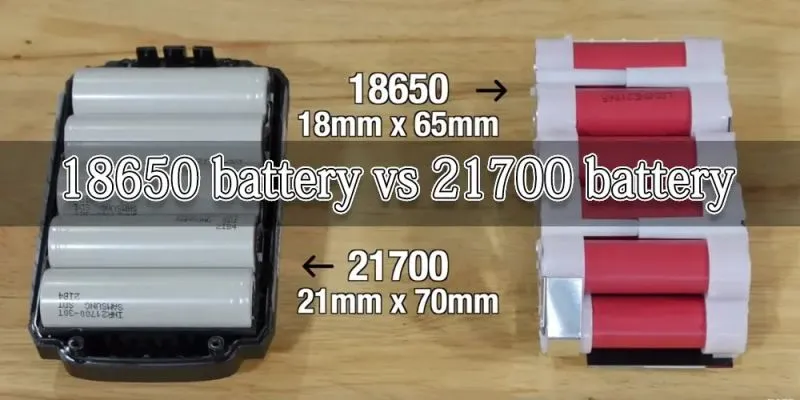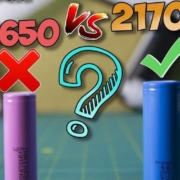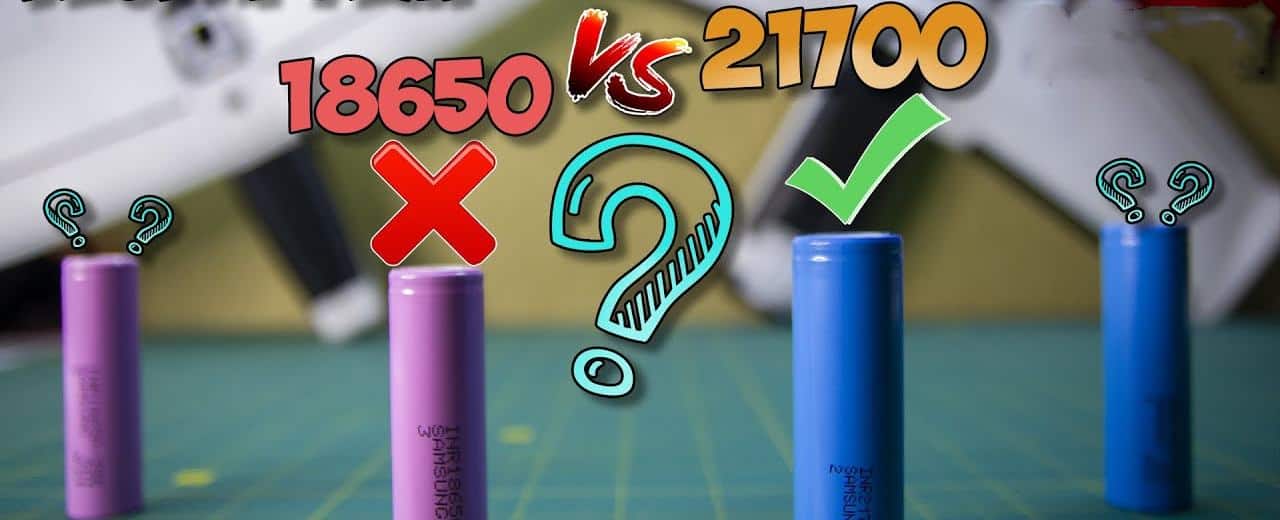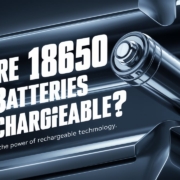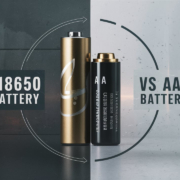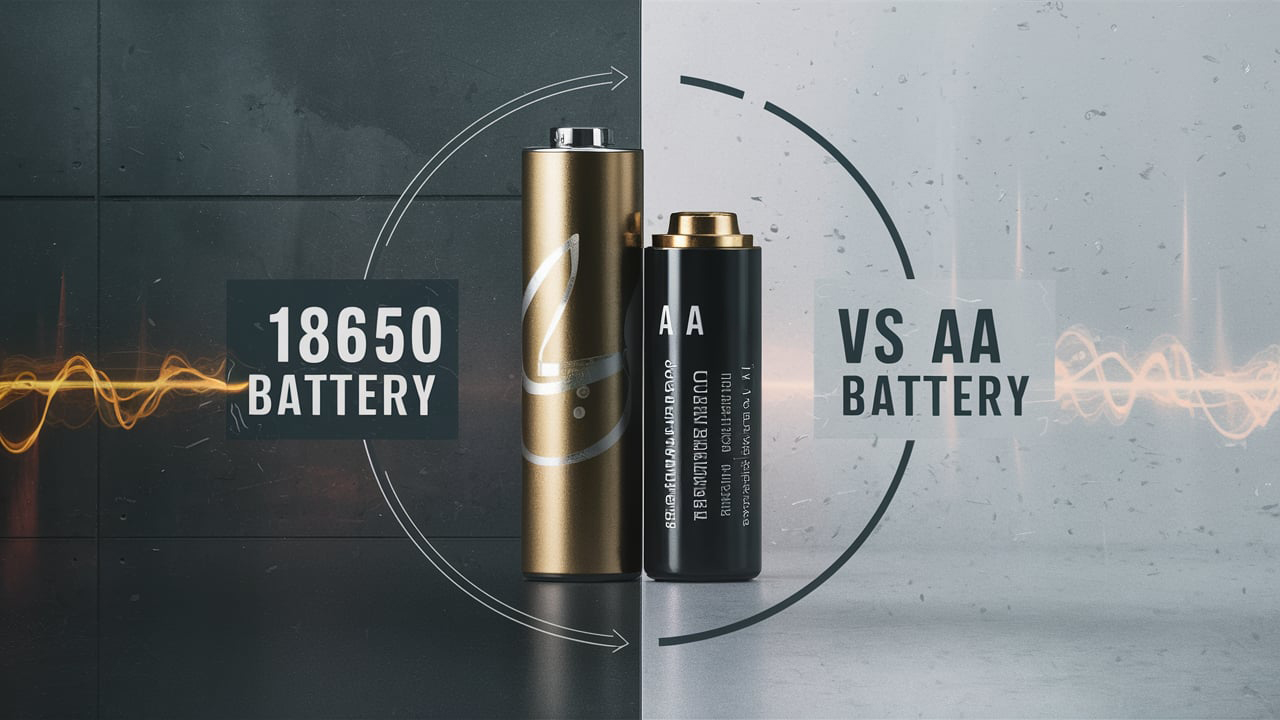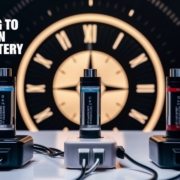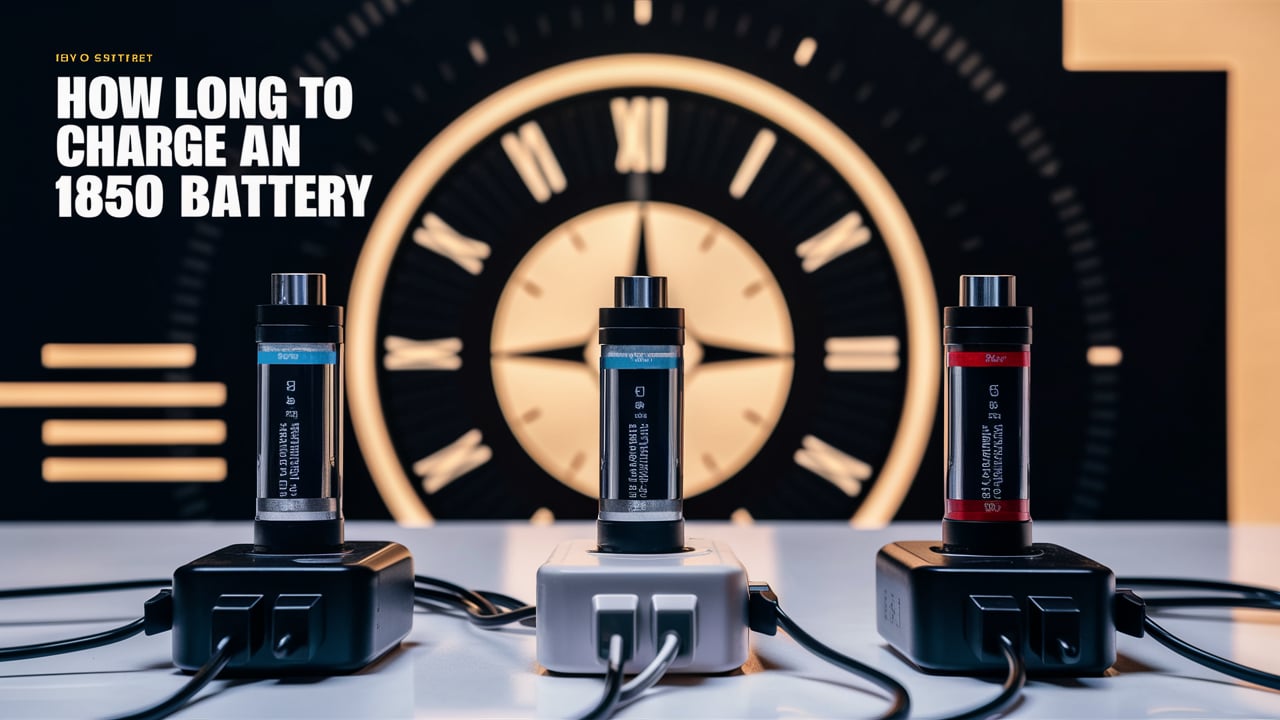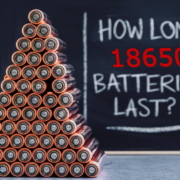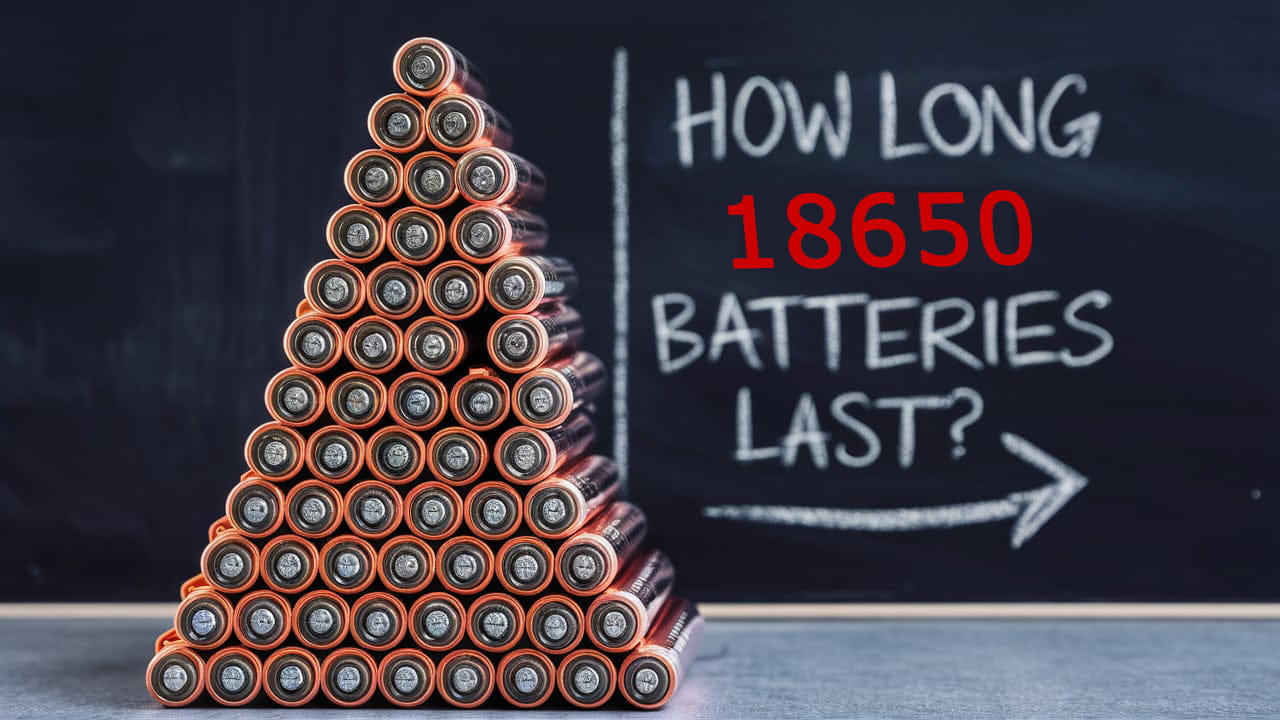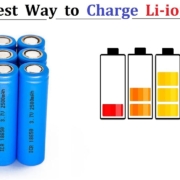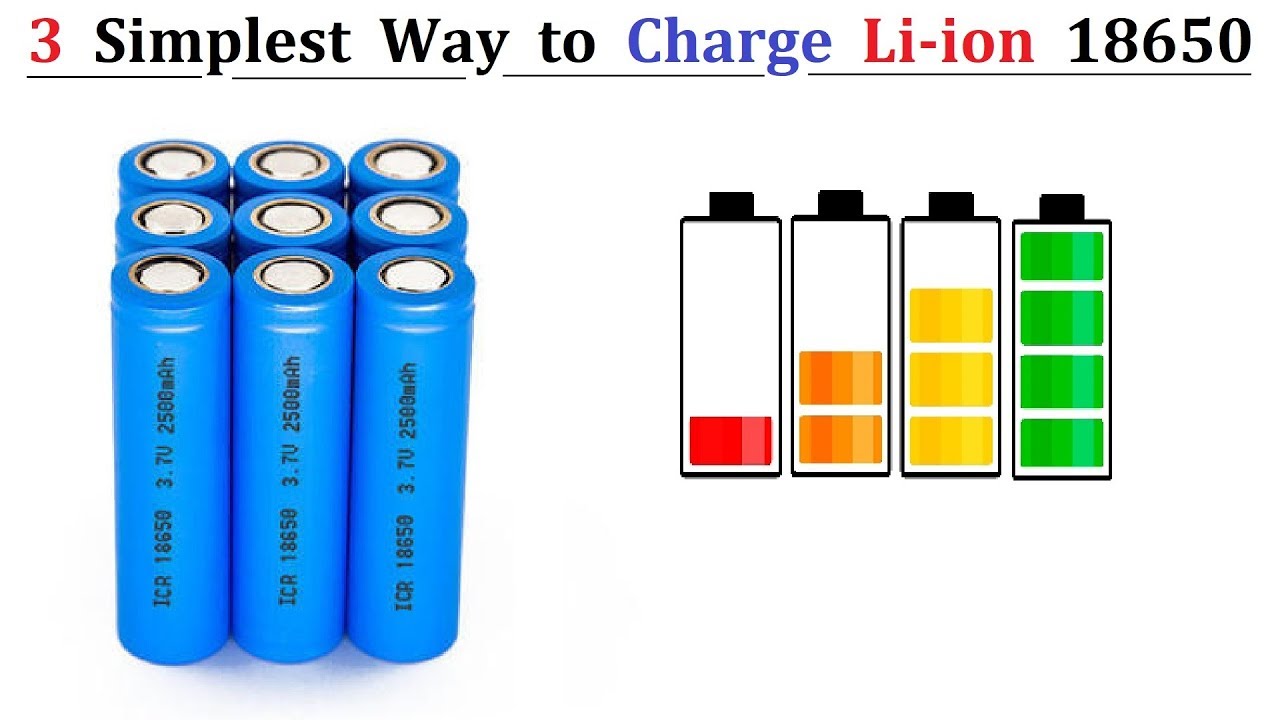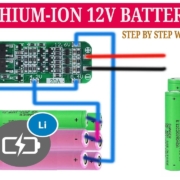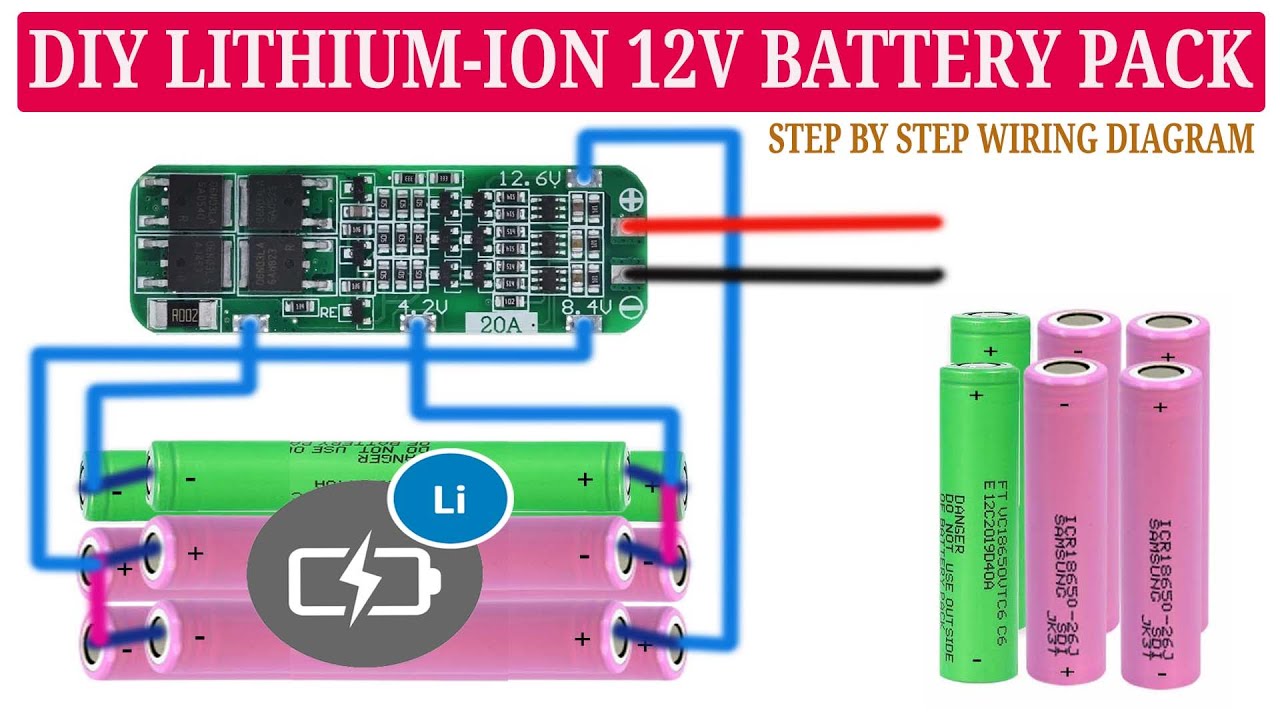Do 18650 Batteries Have Protection?
Lithium-ion 18650 batteries have become immensely popular among consumers thanks to their high capacity and compact size. However, these batteries can be dangerous if mishandled or used improperly. This brings up an important question – do Batterie 18650 offer any built-in protection? Or do we need to take special precautions while using them?
In this detailed guide, we’ll explore everything you need to know about 18650 battery protection circuits, the difference between protected and unprotected cells, safety considerations, and tips for safe operation. Let’s get started!

What Is A Protection Circuit?
A protection circuit is a small electronic circuit that’s built into many lithium-ion batteries. It serves to safeguard the battery by preventing common issues like:
- Overcharging
- Over-discharging
- Short circuits
- Excessive current draw
The protection circuit continually monitors parameters like voltage, current, and temperature. If any of these exceed safety thresholds, the circuit triggers protective mechanisms. These mechanisms cut off the flow of energy to/from the battery. This helps prevent damage or even catastrophic battery failure.
But how does the protection circuit protect the battery? Here are the key protective functions:
Overcharge Protection
The circuit prevents the battery from charging beyond 4.2V per cell. This averts cell damage and dangerous pressure buildup inside the battery casing.
Over-Discharge Protection
Deep discharge can degrade battery performance. So the circuit cuts off discharge below 2.4-2.9V per cell. This prevents permanent battery damage.
Short Circuit Protection
The protection circuit detects abnormal current surges. It then opens an in-built switch to cut off the short circuit. This prevents damage from excessive heat and sparks.
Current Limiting
Most protection circuits limit the peak discharge current to 3C to 8C (depending on cell rating). This prevents demand spikes from overheating the battery.
Temperature Protection
The circuit has a thermal sensor to cut off charging or discharging if cell temperature exceeds safety limits. This is especially useful during fast charging.
So in summary – protection circuits are like an intelligent guardian angel for your lithium-ion batteries!
Are 18650 Batteries Protected?
The answer depends on whether you purchase protected 18650 cells or the unprotected variant. Let’s look at both types in detail:
Protected 18650 Batteries
As the name suggests, these cells have an integrated protection circuit board beneath the battery wrapper. This makes them safer for use in flashlights, vape mods, laptop battery packs, and similar devices.
Here are a few defining traits of protected 18650 batteries:
- Longer form factor to accommodate protection circuit
- Slightly lower capacity due to added circuitry
- Enhanced safety with built-in protection against common failures
- More beginner-friendly. Just pop them in and use!
- Marginally higher cost over unprotected batteries
Popular protected 18650 battery models include:
- Samsung 35E
- Sony VTC6
- LG MJ1
- Panasonic NCR18650B
These offer the best balance of safety, longevity, and performance.
Unprotected 18650 Batteries
As the name suggests, these cells lack any in-built protection circuitry. Without protective functions, these cells have slightly higher capacity and current output.
However, improper use of unprotected batteries can be extremely dangerous. Some traits of unprotected 18650 cells:
- Lower cost due to lack of protection circuitry
- Slightly better performance and capacity
- Greater risk – no safeguards against over-discharge or short circuits
- Requires advanced knowledge of battery safety
- Preferred by expert hobbyists over protected cells
Some popular unprotected 18650 picks include:
- Samsung 30Q
- Sony VTC5A
- LG HG2
- Sanyo NCR18650GA
In summary:
- Protected 18650 batteries have built-in protection circuits for enhanced safety.
- Unprotected 18650 cells lack any safeguards but offer marginally better performance.
Now that you know the difference let’s look at some safety considerations while using 18650 lithium-ion batteries.
18650 Battery Safety Tips
Lithium-ion batteries are innately volatile. While protected cells reduce risk, caution is still warranted – especially when dealing with unprotected batteries.
Here are some vital safety tips:
Use High-Quality Batteries From Reputable Brands
Stick to premium cells from leading manufacturers like Samsung, Sony, LG, Panasonic, or Sanyo. Avoid no-name/generic brands which may cut corners on safety.
Inspect Batteries Before Use
Check for dents, tears in the outer wrapper, bulging, evidence of leaks, etc. Damaged batteries are extremely unsafe for use.
Use Only With Compatible Devices
Confirm voltage, polarity, peak current limits, etc. before use. For vape mods, laptop battery packs, etc, protected cells are strongly recommended.
Don’t Leave Batteries Unattended While Charging
This holds especially true for unprotected cells. Manually monitor voltage level during charge and disconnect once fully charged. Leaving cells in the charger indefinitely is dangerous.
Store in Battery Cases
Protected cells are also at risk without insulating cases. So store batteries in plastic carrying cases or sleeves. This averts short circuits from loose metal objects.
In summary, responsible handling minimizes the risks posed by lithium batteries. While protected cells offer a safety net, caution should still be exercised during charging, usage, and storage.
Wrap Up – Key Takeaways
Delving deeper into the concept of protection circuits gave us clarity regarding inbuilt safeguards within lithium-ion batteries. We now understand protected 18650 cells have integrated protective electronics while unprotected variants lack any safeguards.
We also discussed vital safety tips like:
- Using only premium quality cells
- Inspecting batteries prior to each use
- Exercising caution even with protected cells
- Responsible storage/charging/usage habits
While the marginal capacity boost of unprotected batteries seems attractive, beginners should stick to protected cells. Ultimately, no amount of capacity matters if a battery fails catastrophically. Protection circuits provide an invaluable safety net – especially if you’re new to working with volatile lithium-ion batteries.
I hope this guide gave you clarity regarding 18650 battery protection. As always, exercise due caution; and stay safe on your battery-powered adventures!

